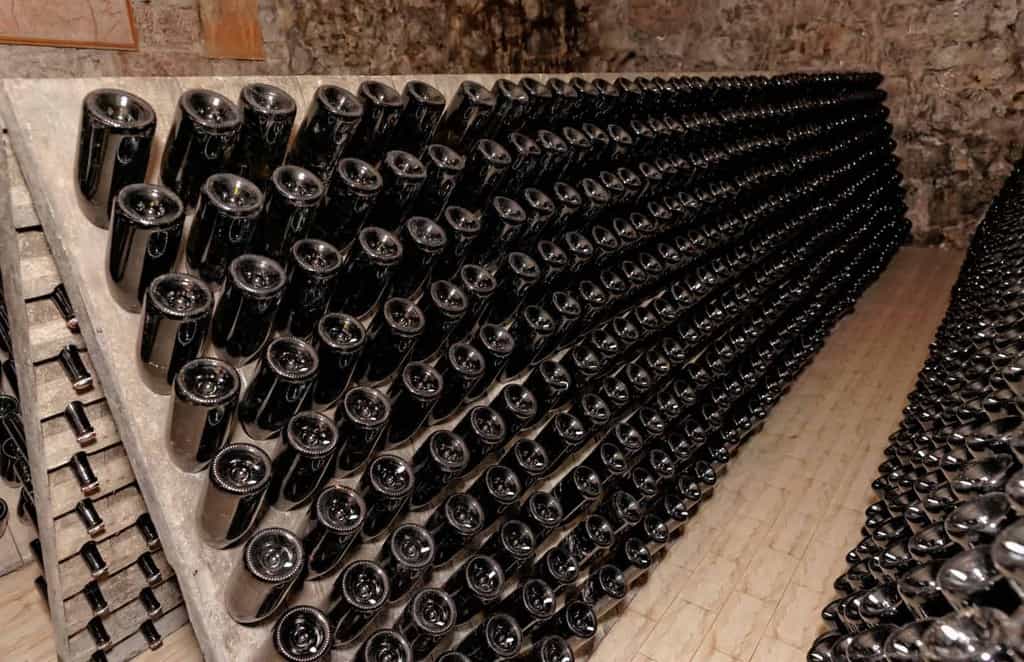The Process of Making Champagne
The process of making Champagne could be thought of as making wine twice. At the heart and soul of Champagne is the process of blending. Each year the winemakers (“Chefs des Caves”) create a plethora of still wines from specific areas of land, with each wine composed of a single grape varietal.
In Champagne, we use three grapes: Chardonnay, Pinot Noir, and Meunier. The result is a vast selection of still wines from different areas of land, each with their own individual expressions of Terroir. For instance, some of the wines may be a Pinot Noir from the Cru of Ambonnay, a Chardonnay from Cremant, etc. In some cases, the producers (“maisons”), begin the blending process with over 800 wines! After sampling the wines, the winemakers must compose a blend that they believe will taste similar to the blend they made the previous year. Often, weather conditions could be different – making this process an incredibly daunting task that requires many years of training.
RELATED: The Best Things to Do and See in Champagne France
To ensure a similar profile and viability, Champagne producers are allowed to store these base wines from previous vintages, and use them in the current blend. The decision on what percentage of reserve wines to use, or how old they should be is at the discretion of the winemaker. This allows for unique yet consistent styles of Champagne amongst individual producers.
How Champagne Gets Its Bubbles
Once the final blend has been decided on, we must get the bubbles! This process is often referred to as secondary fermentation. The blend is placed into the bottle and a small amount of sugar and yeast is added, “Liqueur de Tirage”. The yeast eats the sugar, creating 1-2% more alcohol, with a bi-product of carbon dioxide.
RELATED: How To Pair Food With Champagne
In a stainless-steel tank or oak barrel, the carbon dioxide would evaporate into the air, but in a sealed bottle it becomes integrated into the wine, creating Champagne’s signature fizz. The yeast will inevitably die after they have consumed all the available sugar within the bottle, at which point they are referred to as “lees”.
RELATED: Champagne vs. Sparkling Wine – What’s the Difference?
The wine must rest on the lees for a legal minimum of 15 months, which imparts the nutty, brioche, and toasty aromas that are found in most every Champagne. The lees are slowly gathered into the neck of the bottle in a process called “riddling”, and removed in a swift instant once the top has been opened, called “disgorgement.” From there, the Champagne typically rests again for several months to over a year, settling the wines after the jarring yeast removal. Then, it heads to us in market.
